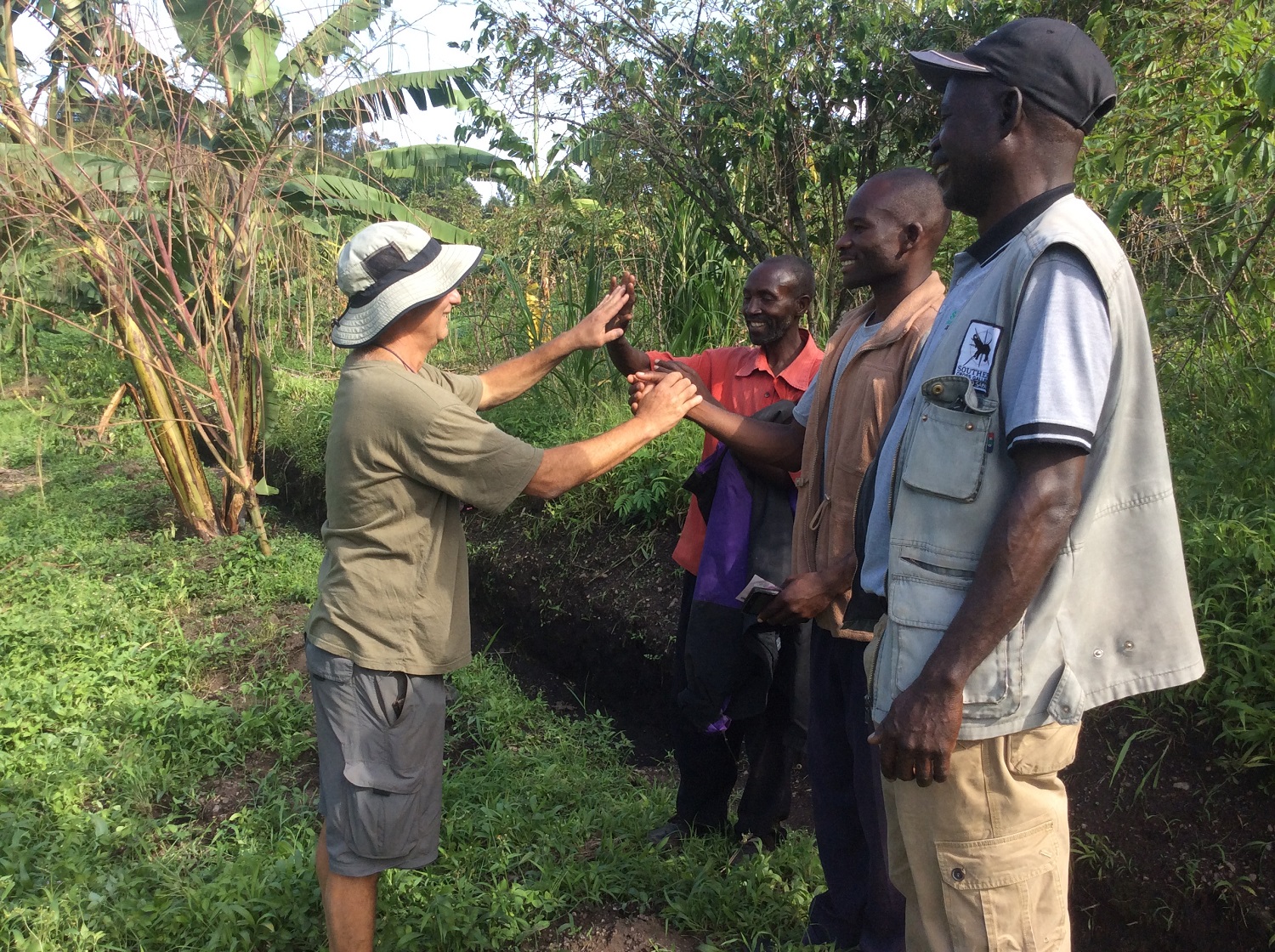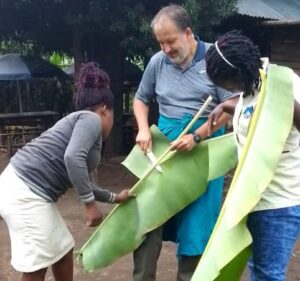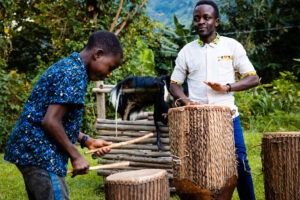Picture a time before the Rwenzori Mountains National Park existed, when the inhabitants of Ruboni Village freely roamed the forest, cultivating, gathering firewood, foraging for mushrooms, honey, vegetables, and medicinal plants, and hunting for animals for both sustenance and cultural artifacts. This was the reality up until the early 1990s.
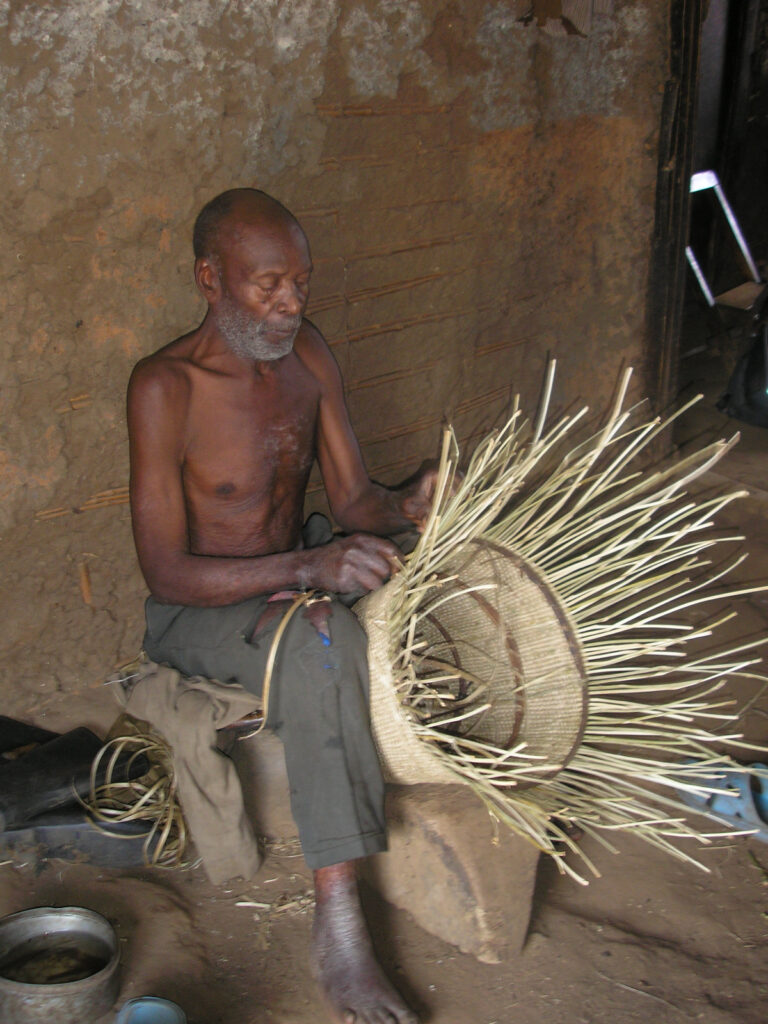
Back then, every individual had equal access to the land that now constitutes the Rwenzori Mountains National Park. The forest and mountainous terrain of what would become the park were essential sources of livelihood for the community, supporting various activities as mentioned earlier.
However, in 1991, the government officially designated the area as the Rwenzori Mountains National Park. Consequently, all individuals engaging in activities within the newly designated park boundaries were displaced. The land was earmarked solely for conservation and tourism purposes. This displacement led to increased pressure on the remaining community lands, where people now concentrated their farming, settlement, natural resource harvesting, and other activities.
As resources dwindled on the community lands, life became increasingly challenging. Many resorted to clandestine forays into the park to gather resources, risking severe penalties including imprisonment or even death if caught by park rangers.
Around 1996, conflicts over land and resources erupted within the community itself. Overutilization of communal land resulted in reduced tree cover, diminished crop yields, rampant bush burning, and ultimately, famine leading to malnutrition and poverty.
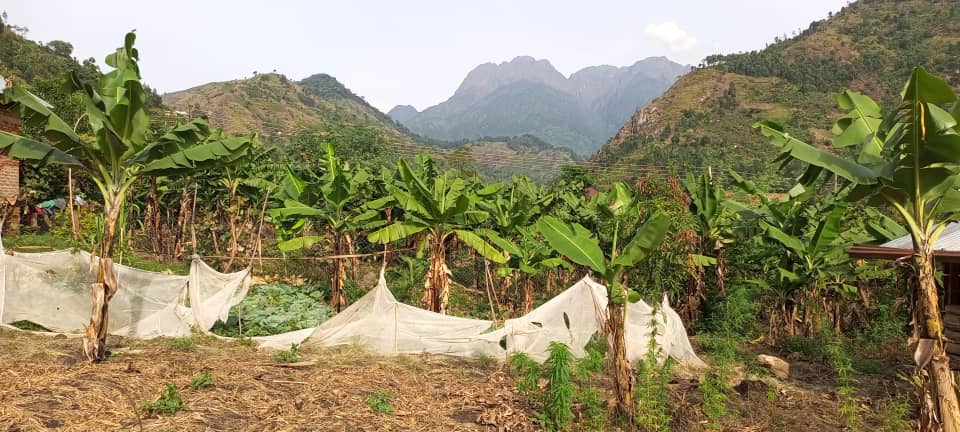
By 1998, the community had reached a breaking point. In February of that year, 50 members of Ruboni came together and established the Ruboni Community Conservation and Development Program (RCCDP). Their mission was clear: to foster local community involvement in environmental conservation for the benefit of the entire community through sustainable development.
Over the years, RCCDP has been involved in various community development and conservation initiatives. These efforts encompass partnerships, community grants, and self-help activities supporting tree planting and landscape restorstion, child education, tourism development, infrastructure improvement, community donations, women’s empowerment, among others.
In 2020, Ruboni Community was recognized by the UNWTO Best Tourism Villages Program. This global initiative aimes to identify rural tourism destinations worldwide that excel in tourism management, preservation of local culture and heritage, and contribute significantly to the socio-economic development of the local community. Ruboni emerged as a promising candidate for sustainable rural tourism development and was admitted into the Best Tourism Villages network, under the upgrade program.
Map of Ruboni village tourists attractions and facilities
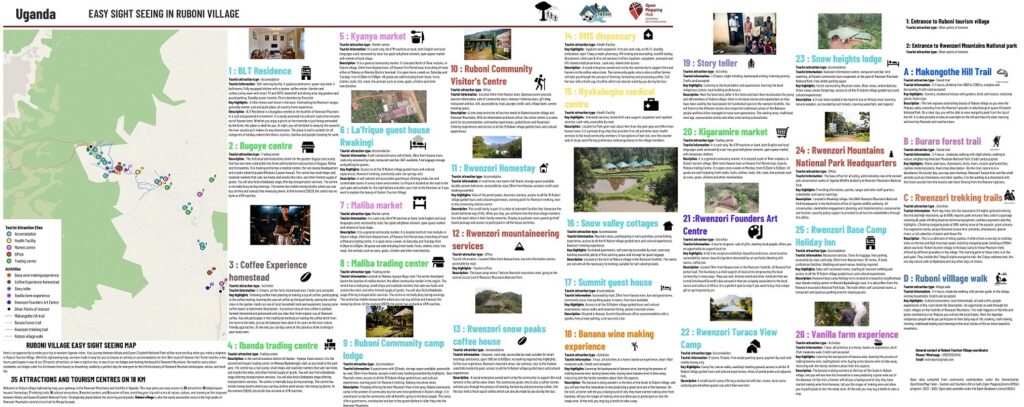
Ruboni Tourism Village is the realization of a grand vision set forth by the Ruboni Community Conservation and Development Program. It represents a significant step towards achieving RCCDP’s original mission. Through this initiative, Ruboni reaches out to tourism and conservation stakeholders beyond Ruboni Village, aiming to promote sustainable tourism in the Rwenzori foothills within the rwenzori gateway.
Building upon the foundation laid by RCCDP, Ruboni Tourism Village expands its activities to a broader level of development. These activities include tourism marketing and promotion, tree planting, and landscape restoration, capacity building for tourism stakeholders, tourism product development, and partnerships, operations, sales and marketing which includes reservations management.
Ruboni Tourism Village consolidates tourism service providers within the Rwenzori Gateway, creating a sustainable tourism destination that addresses all pillars of sustainability: people, economy, and environment. This initiative extends to all service providers and neighboring communities, with engagement efforts spanning from local to international levels.

